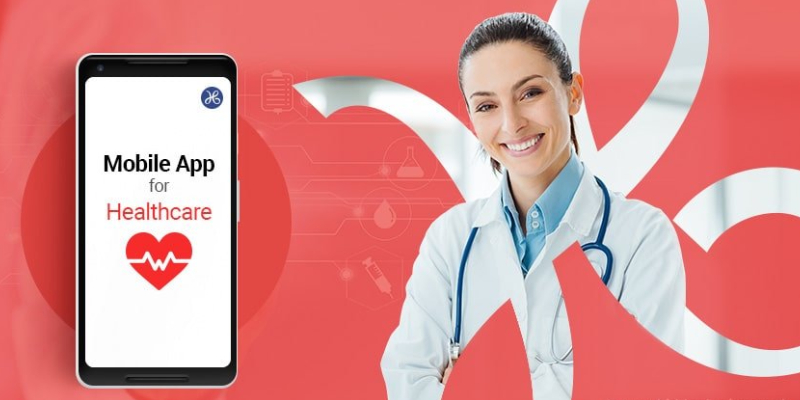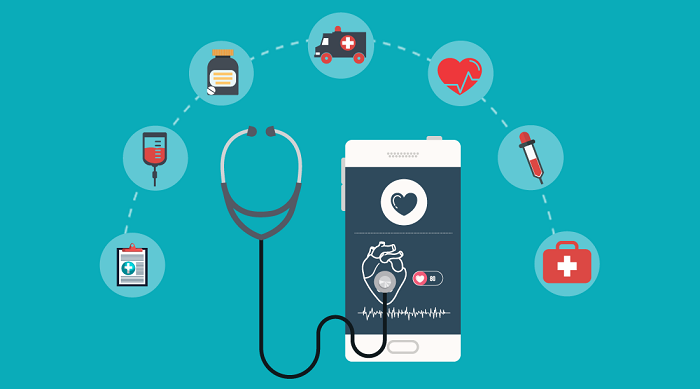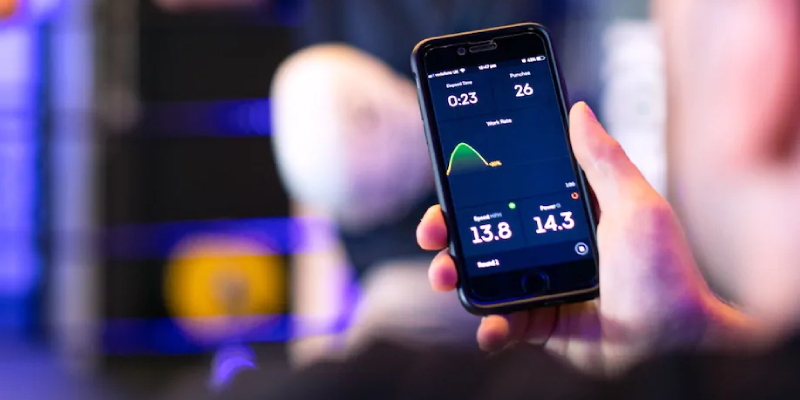
Mobile Banking Apps in the Future
April 15, 2021
Technology Trends for Educational Apps Market
May 5, 2021Healthcare Industry To Be Transformed By Apps

Due to external factors such as pollution, sedentary lifestyles, population growth, and water pollution, the health sector is lagging behind, and the increasing number of patients with chronic diseases has led to an increase in demand for hospital visits. The sector is trying to transform itself by developing innovative therapies for diseases and using cutting-edge technologies to optimise patient care and improve the hospital experience through health care apps for android.
What’s Driving Health App Development?
According to one study, the proportion of patients with chronic diseases has increased from 46% in 2001 to 57% in 2020. The increase in the use of mobile phones to solve health problems can be attributed to the increase in mobile phone users, which provide an easy and fast way to reach patients and doctors. According to AppInventiv, more than 400 billion apps were downloaded in 2019, with smartphone users spending 87 percent of their time on apps and 13 percent on mobile websites. Over the past decade, mobile health apps (mhealth apps) have responded to the rise in disease patients. According to Statista, more than 3 billion people also use smartphones.
The use of mobile health technology can help to bridge and build processes and facilities for patients. It can make it easier for patients to get appointments and test results. Appointments can be streamlined and patients can go through electronic laboratory reports, exercise manuals and other activities remotely. On the other hand, it can help doctors make quicker predictions, start treatment more quickly, and contribute to quicker healing. Some examples of technology in the health sector are remote examinations, regulations and deliveries.
Users of the Healthcare Apps:
The audience of the mHealth app includes patients, physicians, pathologists, technicians, pharmaceutical representatives and other members of the health community. There are many mobile health apps, more than 100,000 of which are available in app stores.
The rapid rise in chronic diseases has increased the need for medical staff and patients, and vice versa for faster treatment.

Hospitals are trying to reduce staff numbers by using mHealth tools to treat minor illnesses. The time between diagnosis and cure can be shortened, and the mHealth app can help by streamlining appointments and hospital visits, delivering test results, and enabling doctors to perform tests faster. Patients with chronic illnesses can visit the hospital faster and more efficiently by minimizing the use of the app. Patients want quick access to doctors for quick consultations and avoid unnecessary hospital visits in smaller cases.
Monitoring of patient condition:
Appointments with hospitals, clinics and diagnostic centres can be arranged with the help of scheduling tools. Other mHealth software support tools such as Welch-Allyn tester adapters and ophthalmoscopes can be used to test and track patient conditions. The following information can be transmitted to the doctor for diagnosis. This reduces the time required for diagnosis and the results can be quickly restored. The doctor can monitor the patient’s health and offer preventive medical advice.
Simple Appointment Scheduling Process:
Real-time reminders inform patients and hospitals about the status of their appointments. Hospital doctors can use laboratory and diagnostic reports to gain a basic understanding of a patient’s medical history. Patients can also view and read the reports as they are sensitive. Queues and billing windows in hospitals can be frustrating as they cause hospital bottlenecks and disrupt the smooth flow of patients. Applications can help healthcare facilities streamline the flow of patients in and out of their facilities, resulting in a better patient experience.
Billing in a Flash:
Payment can be made via online health apps, which is a simple solution. Smartphones, smart watch apps, and other devices can monitor the user’s fitness plan, regulate activity levels, and recommend workouts and nutrition. When things get hectic, users can set up on their phone or watch, and they can have a smartphone or smart watch app to promote their fitness and help them build healthy habits and lifestyles.
Easy access to results and reports:
As technology advances, diagnostic errors become less frequent. The ability to track a patient’s health in real time enables doctors to act promptly and offer medical solutions, increasing the likelihood of a positive outcome for the patient.
A structured approach to work flows and processes:
The healthcare industry as a whole adheres to strict standards and work flows. For example, when conducting clinical trials, hospitals must go through strict legal procedures that require additional agreements between participants and vendors. Digital solutions can streamline these procedures and save hospitals time, effort and money.
Integrated Privacy and Security for Patient Data:
While mobile health applications are relatively new, the healthcare industry has been using data storage and processing technology for more than a decade. Today, the cloud is an innovative and powerful storage, speed and access solution. The data is stored in the cloud, regardless of the computer and available storage space of the user. This creates a vulnerability and increases the probability of data theft and hacking.
In addition, the healthcare industry is large and has many service verticals. This makes it difficult to connect software to other apps and machines. Integrating new technologies into existing structures and synchronizing historical data with current apps is a difficult task for software developers.

